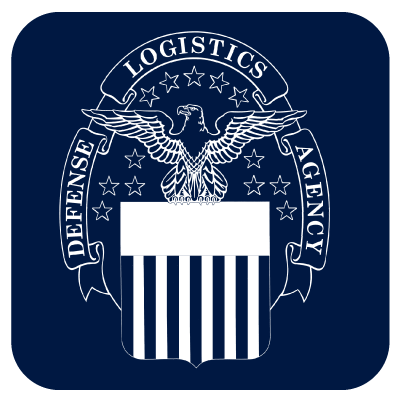Creative resumes are a minefield. Every so often you’ll see one that goes viral online because of its amazing and unique design, but they’re unique for a reason—most of the time creative resumes are tossed aside by hiring managers.
Not many industries require that type of creativity, and so companies won’t be impressed by you showing off a skill that isn’t relevant to the position. Furthermore, too often people go overboard and completely forget that the content is still important.
Pro-Creativity Industries
First, you should determine if you’re in an industry where creativity is encouraged, so hiring managers are more likely to appreciate a good creative resume. Here’s a quick list to reference:
- Web and graphic design
- Marketing, advertising, communications, public relations, writing, and blogging
- Programmers
- Journalists
- Animators, video editing specialists
- Sales (for creative or arts products)
Most jobs that fall under these categories might support creative resumes, but the caveat is that it will still depend on how it’s done and on the tastes of the hiring manager.
Anti-Creativity Industries
Meanwhile, here is a quick list of industries where you absolutely should NOT try to make a creative resume:
- Teaching
- Oil & Gas
- Construction
- Law
- Business/Financial
The issue with these industries is that they’re mostly all-business and no-nonsense, so any creative resumes are almost guaranteed to get be discarded.
Creatively Support Your Content
The purpose of a resume is to convince the hiring manager that you have the skills and experience they’re looking for in an ideal candidate. What creative resumes can do is showcase your skills with design, color, or video editing… but that’s it. It cannot showcase the rest of your skills, experience, attitude, work ethic, or values.
The content of the resume should still be the main focus, and so a good creative resume supports the content. You want all of your information to be easily found and digested by the hiring manager. To put it bluntly, no one will want to hire a graphic designer, advertiser, or journalist whose design ruins the functionality of the project by rendering it unreadable.
Types of Creative Resumes
There are a few different types of creative resumes:
- Video resumes
- Creative designs
- Online/digital resumes
Your industry will dictate the type of creative resume you should use. For example, making a video resume works best for animators or video editors, but not as well for programmers or marketers. Creative or digital designs, meanwhile, might help a graphic or web designer but won’t help journalists. So if you want to make a creative resume, make sure you pick a type that uses skills that are relevant to the position.
Video Resumes
For video resumes, never use it as your entire resume. Instead, create a private URL—not a public site like YouTube—that you can add somewhere on your normal paper resume. The idea is that when someone sees the link they can look it up if they want to. For the content, don’t just repeat the same information from your paper resume. You should supplement it with extra details of your skills, experiences, and achievements that you couldn’t include in your main resume.
Creative Designs
More ambitious designs usually involve making your resume into more of an image, graphic, or infographic as opposed to a document. There are good ways of doing this, but there are mostly bad ways. Keeping it simple and classy, and do not overload on color or graphics.
For simple a simple design change, you can try to include some color in your resume. Hiring managers like to scan a resume, and if you use a subtle color in the headings to draw their eye to the start of each section they scan it more easily. Always use soft colors and tones—never bright ones, as they make it difficult to read the headings.
Online & Digital Resumes
These types involve making your resume into a Facebook page, or its own website, or in some other medium that is entirely digital or online. If you’re looking for work as a web designer or a social media expert these can be useful, but otherwise it would be wiser to stick to something more traditional.
When it comes to making good online and digital resumes, stick to the same principles: make sure the content is still easy to read and digest, and don’t go overboard on the design.
In the end, even in the most ideal circumstances creative resumes are risky. Even a very good design could still be discarded because it wasn’t to the hiring manager’s tastes. As a result, general speaking it’s better to keep your designs simple and functional—if you choose to make a creative resume at all.
Good luck and happy hunting!




